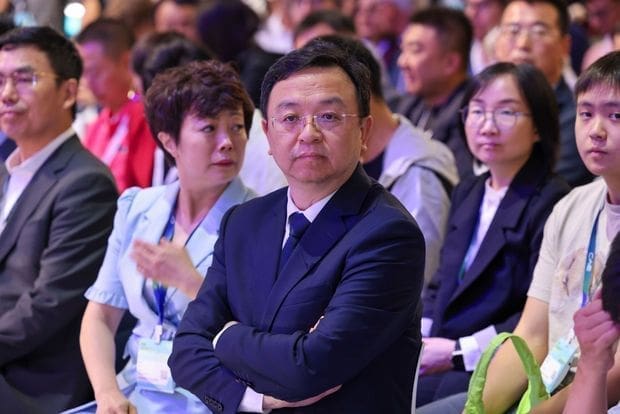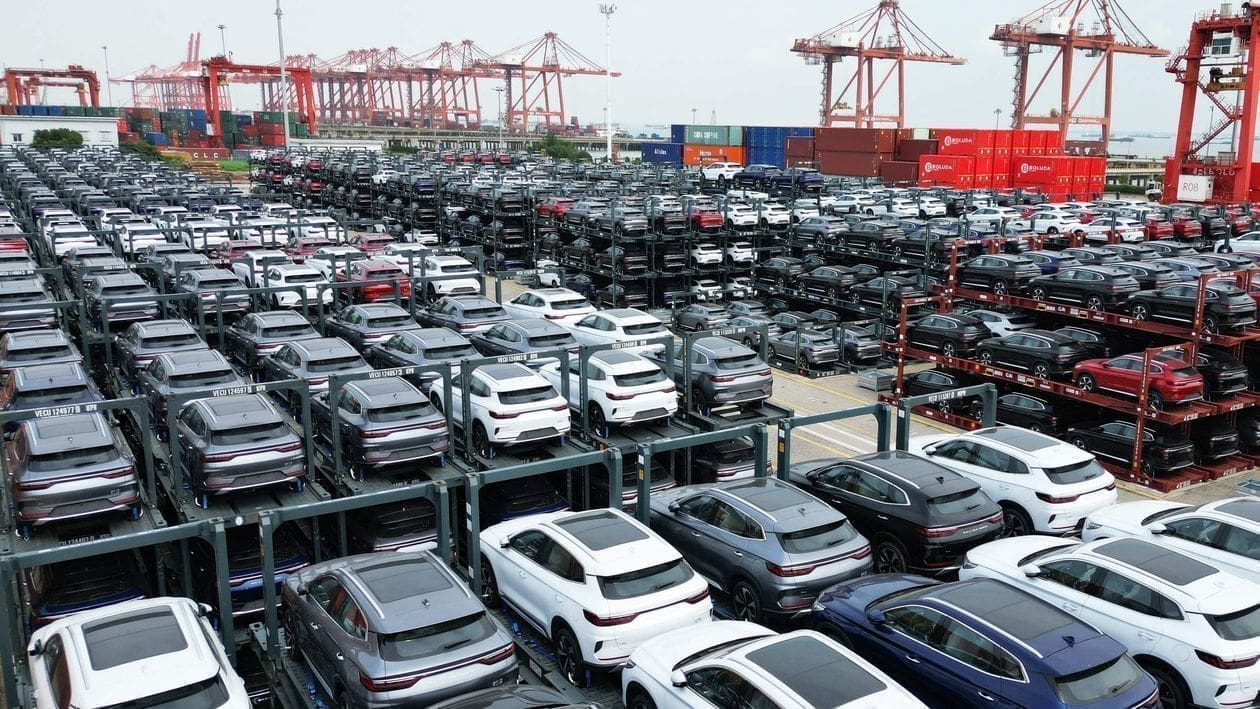Formerly a manufacturer of mobile batteries, the firm is vying to become the world’s largest supplier of electric vehicles.

A few years ago, the creator of Chinese automaker BYD was concerned that the company might fail. Now, the business is closing up on Tesla as the world’s leading seller of electric automobiles.
BYD, which stands for Build Your Dreams, sold 431,603 completely electric vehicles in the third quarter, falling just short of Tesla’s 435,059. It is on target to sell around 1.8 million EVs by the end of the year. This would put it on par with Tesla, which has set the same EV sales goal for this year, up from 1.31 million in 2022.

BYD, which was started in 1995 as a battery manufacturer, has risen rapidly in recent years. The business, which also sells hybrid gasoline-electric vehicles, expects to sell 3.6 million vehicles this year, putting it in the top ten worldwide manufacturers by unit sales. It has eclipsed Volkswagen as China’s best-selling vehicle brand and is quickly becoming an export powerhouse.
The leaps are evidence of two CEOs’ ambition. Founder Wang Chuanfu, 57, was orphaned as a kid and went on to become an experienced battery engineer. Stella Li, his longstanding partner, helped pitch Warren Buffett’s Berkshire Hathaway on the concept of an obscure Chinese firm growing into a worldwide car behemoth.
Wang, who is well-known in China, is a ruthless cost-cutter who still travels economy and transports his own luggage. Li, who keeps a low profile, is in charge of global business and sales and has negotiated a many of the major partnerships that have helped propel BYD to prominence. People who know the two call them “Mr. Inside” and “Ms. Outside,” with Wang focused on product development and Li on pitching the company to potential business partners.

According to BYD executives, Wang and Li are a couple, and one individual who met them stated they were presented as husband and wife, an aspect of their relationship that hasn’t been publicized in foreign media.
A BYD spokeswoman stated that the firm emphasizes cooperation since it focuses on technology advancement and system construction rather than individuals, without commenting on Wang and Li.
BYD’s ascent is similar to that of many Chinese enterprises, as well as Korean and Japanese ones before them. BYD began by duplicating Toyota products, but became so adept at cost-cutting that Toyota’s then-Chief Executive Akio Toyoda paid a visit to discover its secrets.
Next year, BYD plans to more than treble its export sales to 400,000 automobiles. Outside of China, it is already the best-selling EV in Australia, Sweden, Thailand, and Israel.
At a recent auto show in Munich, executives from competitor businesses rushed to BYD’s pavilion, and guests reserved test drive times days in advance. The Atto 3, BYD’s principal export model, is promoted in Europe as a “accessible premium” vehicle for around $40,000.

European manufacturers are becoming more public in their concerns about BYD and its Chinese competitors as a possible threat. The EU is looking into whether Chinese automakers profited unduly from government assistance.
BYD has become one of the major electric bus and truck manufacturers in North America, considering that industry as a lower-risk entry point than passenger cars in the face of probable regulatory and competitor retaliation.
When BYD went public in Hong Kong in 2002, Wang used some of the proceeds to purchase the failed automobile manufacturing business of a state-owned armaments manufacturer. He was already manufacturing batteries and recognized the potential for them to be used in automobiles. Toyota pioneered hybrid gasoline-electric vehicles in the late 1990s with the Prius.
BYD’s first automobile, the F3, a gasoline-powered sedan debuted in 2005, resembled a Toyota Corolla. The only distinction between the automobiles, to an uneducated eye, was the insignia. At the time, Chinese media displayed adverts from repair shops offering to replace the BYD emblem with a Toyota symbol.
Wang took the visitor on a tour of his plants and detailed BYD’s manufacturing and testing methods, which included shooting projectiles into batteries in certain cases to evaluate their resistance to catching fire.
According to an individual acquainted with the incident, Wang poured himself a glass of battery fluid and took a taste during the tour to impress Sokol with how environmentally good BYD’s batteries were. The concoction tasted bad, but the point was to demonstrate that BYD’s batteries had the capacity to address environmental issues rather than create new ones. The American turned down an invitation to test some.

Berkshire Hathaway purchased a 10% investment in BYD for $232 million in September of that year through its energy unit, which was then led by Sokol.
According to a BYD representative, the company’s sales are indicative of consumer satisfaction with the vehicles’ quality, alluding to the extensive research and technology that has gone into them.
Wang reminisced on BYD’s ascent from a battery producer to an automobile giant at an event marking the creation of its five millionth EV in Shenzhen in August. According to the corporation, it took 13 years to make one million automobiles, a year and a half to produce another two million, and only nine months to produce the last two million. “The era of Chinese automobiles has come,” Wang stated.

